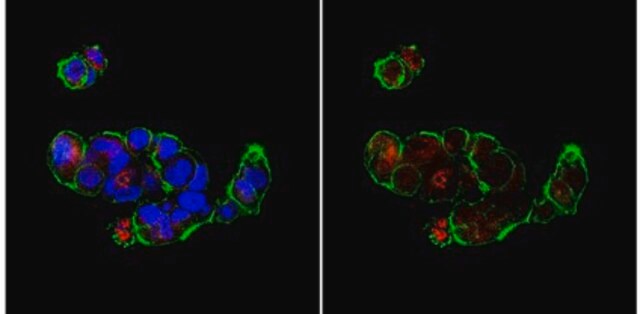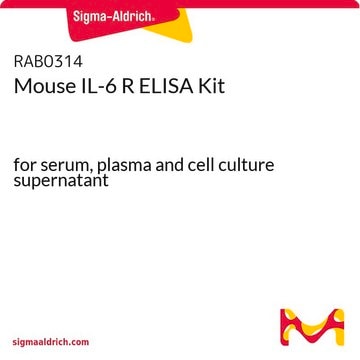05-1336
Anti-phospho-Histone H3 (Ser10) Antibody, clone CMA312
clone CMA312, from mouse
Synonym(s):
H3S10P, Histone H3 (phospho S10), H3 histone, family 3A
About This Item
Recommended Products
biological source
mouse
Quality Level
antibody form
purified antibody
antibody product type
primary antibodies
clone
CMA312, monoclonal
species reactivity
vertebrates, human
technique(s)
ChIP: suitable
ELISA: suitable
immunocytochemistry: suitable
multiplexing: suitable
western blot: suitable
isotype
IgG1
NCBI accession no.
UniProt accession no.
shipped in
wet ice
target post-translational modification
phosphorylation (pSer10)
Gene Information
human ... H3C1(8350)
General description
Specificity
Application
Immunocytochemistry: This antibody has been shown by an outside laboratory to be suitable for immunocytochemistry.1
Multiplexing:
This antibody specifically recognizes histone H3 phosphorylated on Ser10 by Luminex® assay.
Quality
Target description
Linkage
Physical form
Other Notes
Legal Information
Not finding the right product?
Try our Product Selector Tool.
recommended
Storage Class Code
10 - Combustible liquids
WGK
WGK 2
Flash Point(F)
Not applicable
Flash Point(C)
Not applicable
Certificates of Analysis (COA)
Search for Certificates of Analysis (COA) by entering the products Lot/Batch Number. Lot and Batch Numbers can be found on a product’s label following the words ‘Lot’ or ‘Batch’.
Already Own This Product?
Find documentation for the products that you have recently purchased in the Document Library.
Our team of scientists has experience in all areas of research including Life Science, Material Science, Chemical Synthesis, Chromatography, Analytical and many others.
Contact Technical Service







